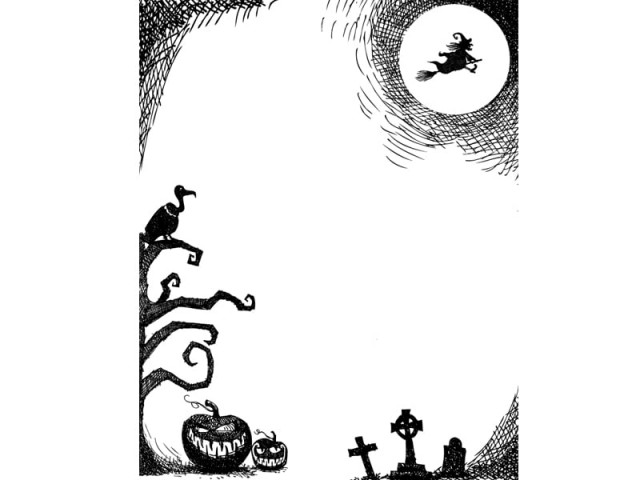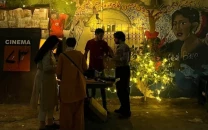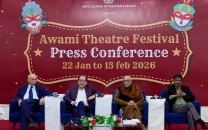Halloween 101: A ‘spooktacular’ history
An insight into the creepy festival of ghouls and vampires.

Those sensitive to changing weather will notice that near Halloween (October 31), a perceptible chill enters the air — everything is at once mysterious and nostalgic. This is the time of All Hallow’s Eve, a precursor to All Saint’s Day on November 1 (Halloween’s Christian variant).
In truth, Halloween’s roots go deep; the ‘day of the dead’ stems from Celtic folkloric traditions and boasts a rich history — later transformed by Christian traditions.
A brief history
According to an article on watchman.org, Rick Branch (in Samhain: History of Halloween) traces All Hallow’s Eve to Samhain (pronounced Sa-wain), celebrated by the indigenous Celts and Druids of the British Isles. Today, the festival is still celebrated by small sects of Druids, Wicca-practitioners and Neopagans.
Halloween— as we know it today— borrows its specifically supernatural textures from this pagan festival of the dead: “The observances connected with Halloween are believed to have originated among the ancient Druids, who believed that on the evening, Saman, the lord of the dead, called forth hosts of evil spirits”, reports Funk & Wagnalls New Encyclopedia.
It was perhaps the most momentous celebration of the Celtic year, hailed as a day of preternatural potency, when the veils between our world and the ‘otherworld’ of sinister entities wane and become closely linked.
Confusing malevolent spirits
Modern Halloween get ups — ghosts, ghouls, monsters, spirits, vampires and so forth — are a derivative of traditional Celtic costuming. More than just dressing up for a rollicking Halloween rager or scaring friends and relatives witless, Halloween costumes actually safeguard us from the spirits of the dead. The ancient Druids and Celts wore animal skins and masks on Samhain to confuse spirits that passed through the physical plane on this charged day.
Trick or treat, spirits be gone!
Ever wonder why people go trick or treating on Halloween and leave massive bowls of candy outside their homes? They unknowingly protect their homes from evil beings and entities that may want to get inside. The practice also originates from a Samhain custom, in which food was left out for spirits to bar them from getting past the threshold into one’s home.
Others trace the ‘trick or treat’ ritual to Celtic beggars, who would show up at the homes of the rich demanding alms and food, threatening homeowners with ‘evil spirits’ if they refused.
Paranormal Pumpkins
“Carving Jack-o-lanterns is also a tradition that came from the Celts — only they used turnips instead of pumpkins”, reports historyofhalloween.net. The legend of the Jack-o-lantern begins with Jack, a local prankster and drunk, who succeeded in tricking the devil to climb up a tree and trapped him there. Jack made a deal, making the devil promise to never tempt Jack again. When Jack died, his soul was neither allowed into Heaven (for his evil ways) nor into Hell (for trapping the Devil). His poor, unwanted soul forced its way back to the cold winters with nothing but an ember to light the way. Jack placed the light into a hollowed out turnip to make it last longer. Upon coming to America, the Irish switched to using the pumpkin, finding it more spacious and lasting.
It’s too bad that Halloween’s rich and interesting etymology remains elusive to so many — the combination of Christian influences and a capitalist agenda have leeched this day of its age-old sacredness. Pumpkins carved into grotesque visages, a litany of supernatural costuming, door-to-door ‘trick or treat’ visits, specials on television and wild parties define this annual holiday — watered down and appropriated by Hallmark and the efforts of commercialism.
Published in The Express Tribune, October 31st, 2011.



















COMMENTS
Comments are moderated and generally will be posted if they are on-topic and not abusive.
For more information, please see our Comments FAQ